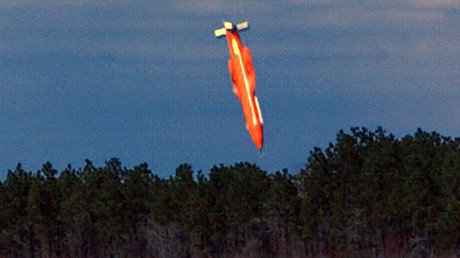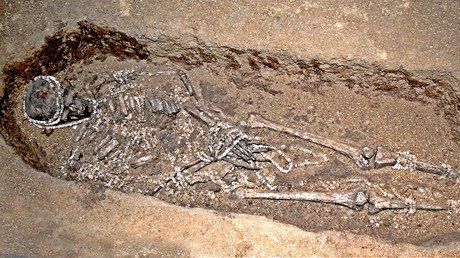‘Oldest in the world’: Mummified ice age wolf pup & caribou calf found in Yukon (PHOTOS)
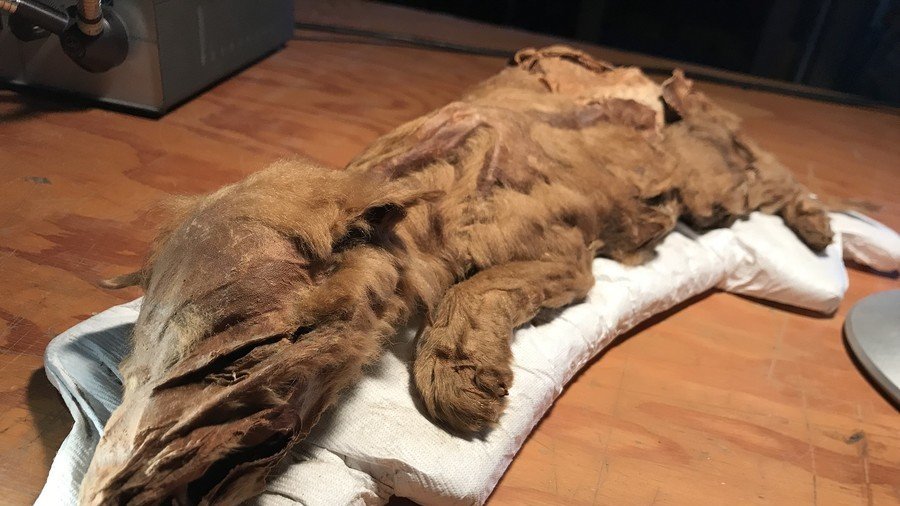
The 50,000-year-old mummified remains of two ice-age animals, a caribou calf and a wolf pup, have been unveiled in the Canadian territory of Yukon with their fur, skin and muscle tissue still intact.
The specimens, among the oldest mummified mammal soft tissue in the world, were unearthed southeast of Dawson City, Yukon, by permafrost gold miners.
“They’re spectacular, they’re world-class, and we’re definitely really excited about them,” said Yukon government paleontologist Grant Zazula.
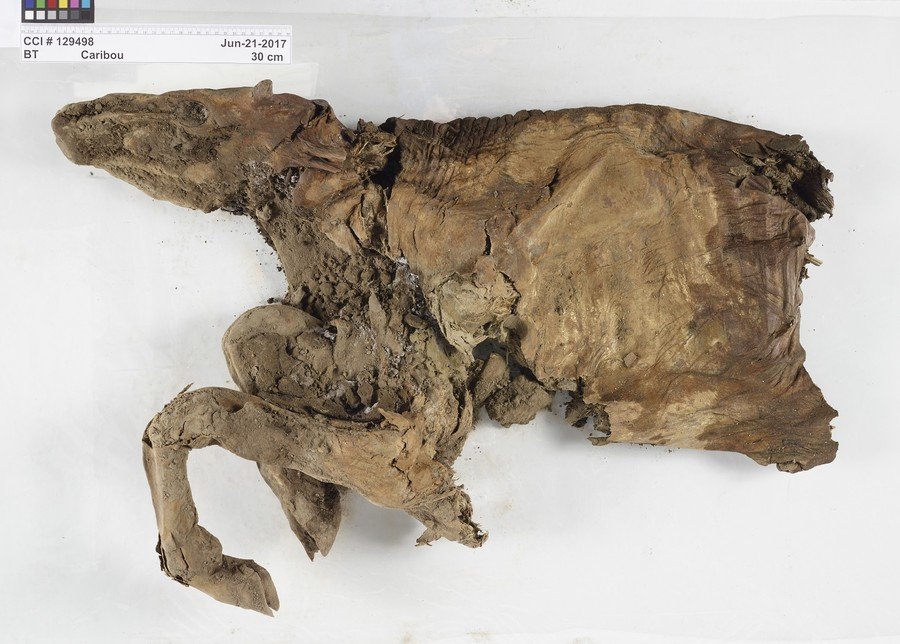
Discoveries of ice age bones and fossils are often found in Yukon, however mummified carcasses are extremely rare, says Zazula. So rare, in fact, that he believes it is the “only mummified ice age wolf ever found in the world."
Furthermore, Zazula says it could be the oldest soft tissue in the world because the caribou was found in an area which includes an 80,000-year-old volcanic ash bed.
READ MORE: World’s only ‘prickly’ woolly mammoth hat goes on sale in Siberia for $10k
“These are ashes that are found in the permafrost from volcanoes in Alaska that erupted during the ice age,” he said. “We think this is some of the oldest mummified soft tissue in the entire world.”
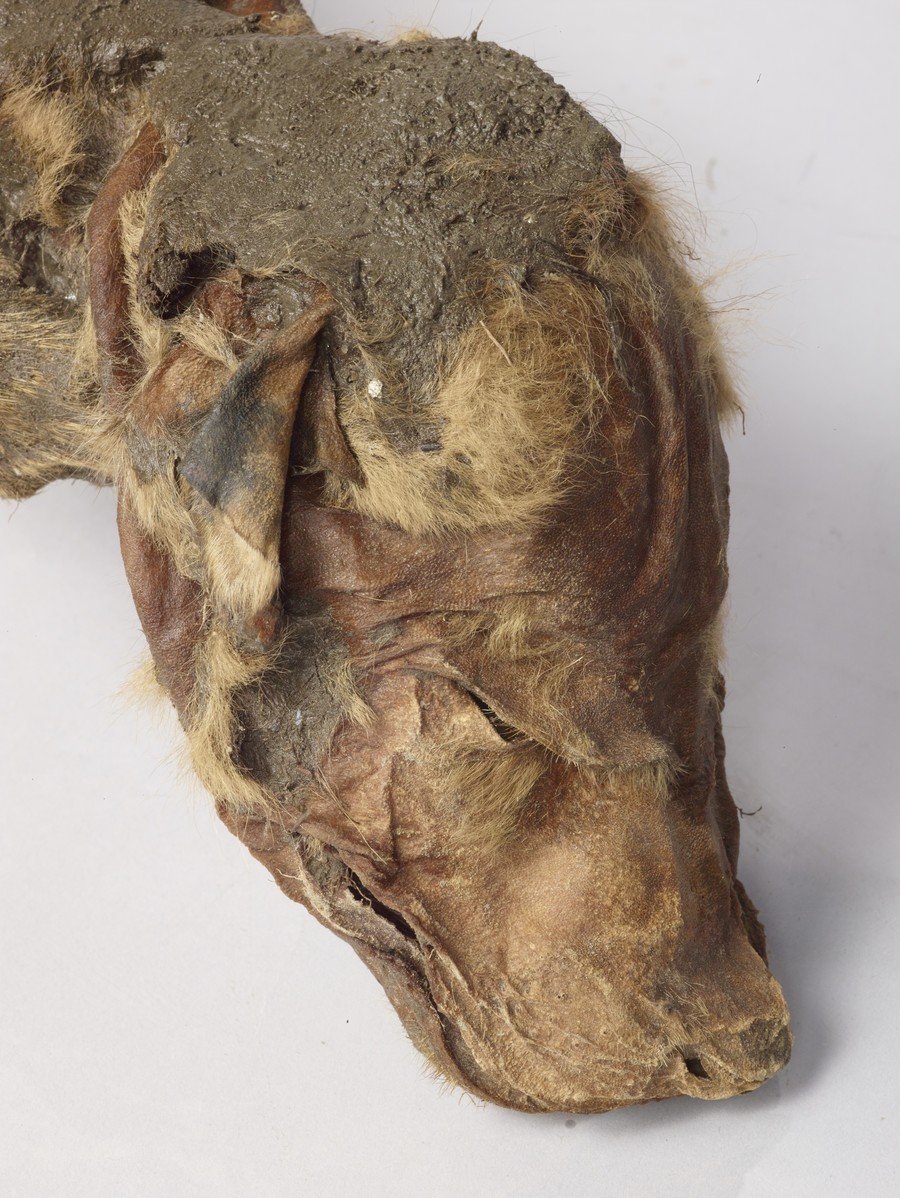
Both specimens were discovered within a month of each other in mid-2016. The wolf pup, estimated to be no more than eight weeks old when it died, is complete with a head, tail, fur and skin in tact. The caribou remains include the animal's torso, head and front limbs.
The miners, who made the fascinating discoveries, immediately reported their finds to researchers for study and preservation, according to the Yukon government.
They have been accepted by the Canadian Conservation Institute and recently went on display at the Dänojà Zho Cultural Centre in Dawson City, where they'll stay for the rest of the month before being incorporated into an exhibit at the Beringia Interpretive Centre in Whitehorse.













